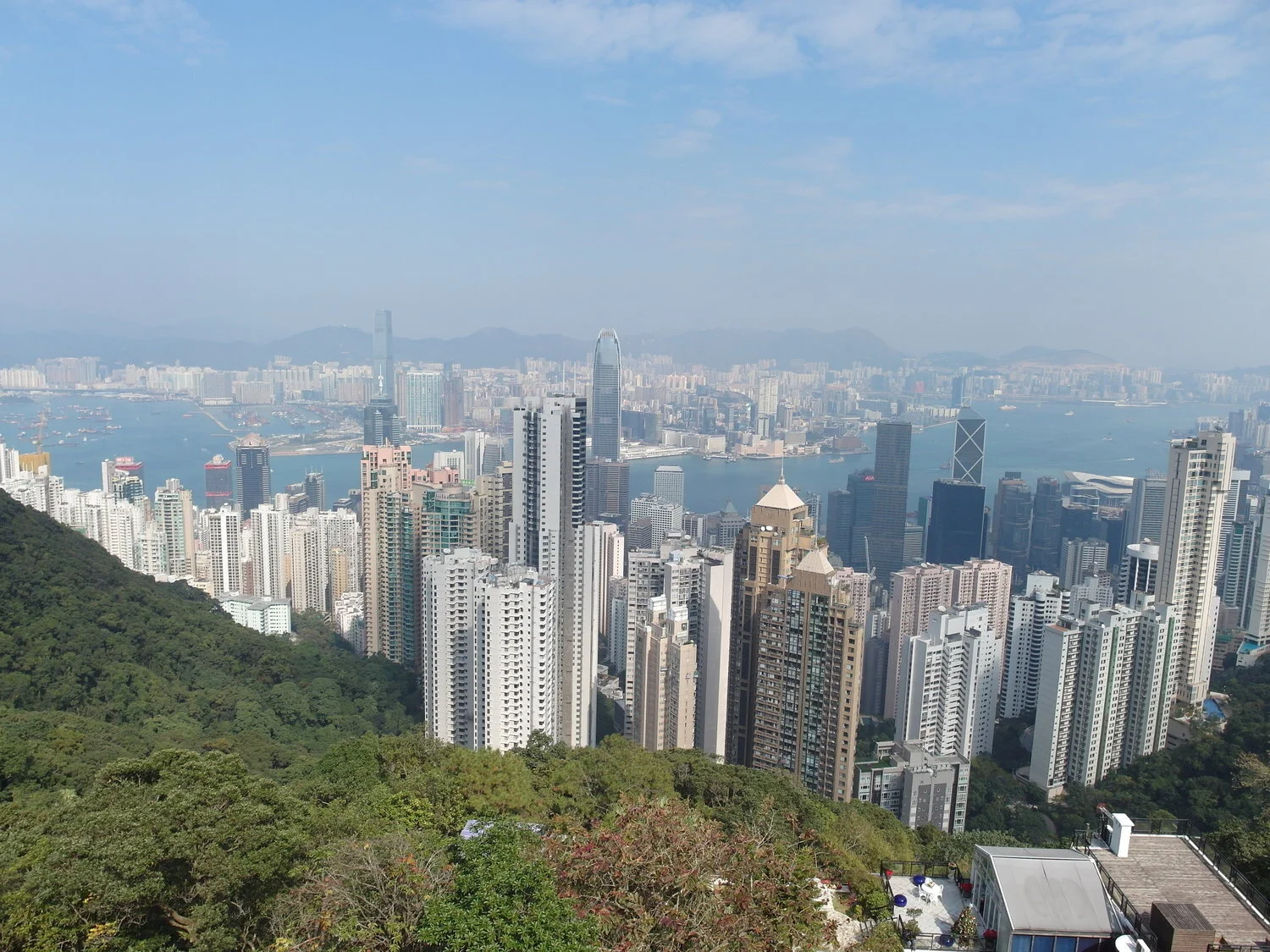Incidentally, my research for this article originally stemmed from no particular focus into sustainability. Moreover, my interest was first sparked through reading Edward Ford’s 1997 essay, “The Theory and Practice of Impermanence”, which focused on an examination of what constituted western notions of history and preservation of architecture, comparing it to Japanese practices of ‘ritual rebuilding’, celebrating the “intangible essence within its style [of construction]” (Ford, 1997). While discussing this area of a theory of impermanence within architecture however, I also became very conscious of the undoubtedly unsustainable manner of construction and design in recent architectural history.
Read MoreIt was while one my way to University today, passing a petrol station under renovation that caught my attention and informed today’s article. While a large banner may have blocked part of my view, the sounds were certainly unmistakeable. A large excavator was hard at work, repeatedly smashing down on the steel frame roof of what used to be a petrol station. By the time I had returned from lunch, the workers had left and a mangled pile of metal lay, surrounded by shattered pieces of glass and fragments in every direction.
Read MoreSustainability is undoubtedly the word of our times. Everywhere we go, we hear of strives being taken to limit emissions, to improve living and to live without compromising the needs of future generations. Within architecture and building however, a new paradox has arisen, identified by prominent architectural writer, Peter Buchanan. In his 2011-2012 series, The Big Rethink, he posited that sustainability cannot fundamentally be achieved with current practice in architecture because Modernism is fundamentally “an energy-profligate, petrochemical architecture, only possible when fossil fuels are abundant and affordable.” (Buchanan, 2012)
Read MoreHong Kong is a dense city, of that, there is absolutely no question. To a certain extent then, one might expect nature and natural eco-systems to be prized and protected, given its fragility and rarity in this concrete jungle. One could not be more wrong. Upon reviewing a project which has since been completed in Hong Kong, I am sad to declare that the notion of preserving nature has been twisted and capitalised merely into a marketing ploy.
Read MoreThe Venice Biennale is arguably the most significant event on the architectural calendar, and in the months leading up to it, stories of upcoming exhibitions showcasing new critical, technical and formal strategies are bound to be released. A particularly interesting critical analysis caught my attention, discussing the issue of being “neither urban nor suburban” (Merin, 2014), coined, through the merging of two obvious terms, the urburb.
Read MoreIt is of course hardly possible to discuss the entire one and a half hour lecture, as a result, I have for this post decided only to focus on the first half hour of the lecture, with a partial focus on my personal experience as an inhabitant of Hong Kong, exploring some of the ideas Prof. Ricky Burdett triggered with regard to my opinions of sustainability and the human experience.
Read MoreWhile lateral thinking and bold new directions are sometimes necessary in architecture, radicalism does need to be taken with a grain of salt. While perusing the usual flurry of internet articles on design, I came across the following proposal which on the surface, provides a utopic and radical rethink of waste management for New York City. The proposition was for massive new green islands to be built along the city’s harbour edge, providing necessary space for large organic composting facilities. It was argued that this project would tackle a multitude of existing problems, including “effectively alleviating congestion issues and dramatically lowers unnecessary energy waste while contributing 125 acres of public park land.” (Designboom, 2014).
Read More






